AMD has brought out the intermediate offering to their Zen3-based Ryzen V3000 with up to eight cores and the EPYC Embedded 7000 series with up to 64 cores.
AMD announced in Santa Clara, California, that they are bringing out a mid-range scalable performance solution in their Embedded 5000 series. It will be based on the Zen 3 core architecture, codenamed “Vermeer” processors in AM4 packaging. It will be aimed at power and space-constrained networking applications.
As per the announcement, these processors are optimized for “always-on” networking firewalls, network-attached storage systems, and other security applications.
The product’s lifetime has also been mentioned, wherein it will be manufactured for five years. Built on 7nm technology, it packs 6, 8, 12, or 16 cores.
It will also feature 24 Gen 4 PCIe lanes. These have been designed for efficiency and maximum up-time to fulfill the needs of the networking customers.

Kevin Krewell, the principal analyst at TIRIAS Research, mentioned in the AMD press release that the 5000 series data-center CPU is aimed at small form factor embedded systems and will generally be well-suited for a more extensive user base.
It was also mentioned by Rajneesh Gaur, the corporate vice president and general manager, that the expansion of the embedded portfolio means that they filled the gap between the low-power BGA Ryzen Embedded and the world-class EPYC embedded processors.
The products are set to be reliable, available, and serviceable with features like an ECC-supporting memory subsystem. As a result, it’s almost certain that AMD customers will be able to use the Ryzen Embedded 5950E, 5900E, 5800E, and the 5600E through at least 2028.
The decision to release these Embedded applications CPU 2.5 years after the initial Vermeer CPUs was an intelligent move on AMD’s part since these solutions usually need high reliability, so rushing the release would not have been brilliant.
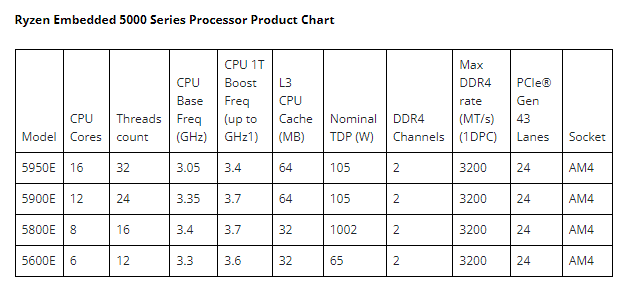
The specifications for the Embedded 5000 series were also released in the same press release:
- Scalability up to 16 cores and 32 threads
- Up to 64MB of L3 Cache memory
- Mid-range TDP of 65W to 105W
- ECC Supported Memory and security features
- 24 lanes of PCIe connectivity, which can be expandable to up to 36 lanes with the AMD X570 chipset
- Optimized performance for enterprise reliability
One caveat is that these processors do not feature an integrated GPU. So interested parties must couple these processors with an external graphics card.
AMD has a solution to this problem too. This comes in the form of their embedded GPU solutions, their best performing embedded GPU yet being the Embedded Radeon E9565, based on the Polaris Architecture.
However, it must be remembered that while the Polaris is capable enough for networking servers and security applications, it needs to catch up in aerospace, gaming, and multimedia applications.
A release date for the Embedded 5000 series processors is the only thing that needs to be added. It has been mentioned that the processors are currently in production.
About Advanced Micro Devices
Advanced Micro Devices (AMD) is an American multinational semiconductor company headquartered in Santa Clara, California.
AMD develops computer processors and related technologies for business and consumer markets. AMD’s main products include microprocessors, motherboard chipsets, embedded processors and graphics processors for servers, workstations, personal computers and embedded system applications.
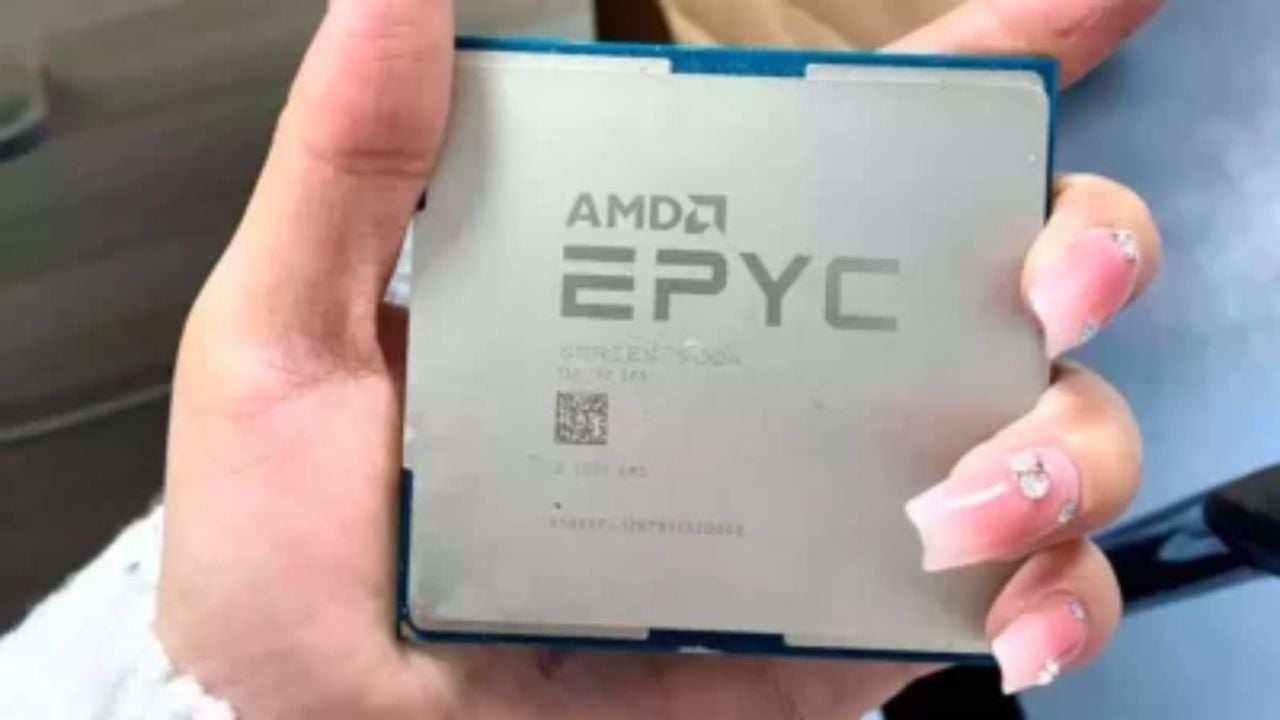

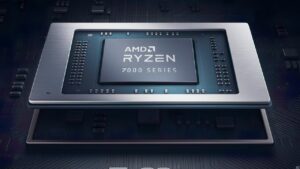
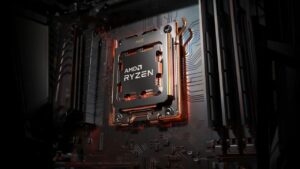
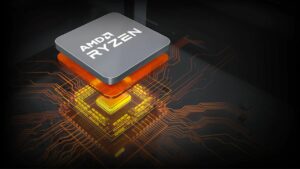
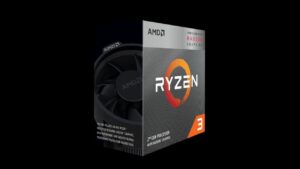

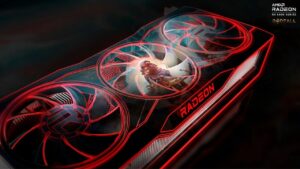
No Comments on AMD brings out mid-range Embedded 5000 Series based on Vermeer Cores